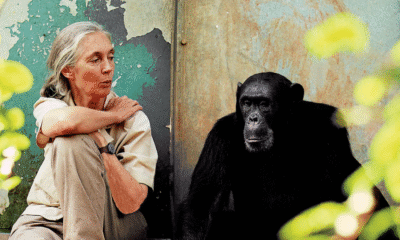Business
Indian e-retail market to grow to USD 120 140bn by FY26: report
COVID-19 has been a “watershed moment” for India’s e-retail market, driving a 12-month acceleration in penetration, and the segment is now forecast to grow to USD 120-140 billion by FY26, a report by Bain & Company said on Tuesday.
The report titled ‘How India Shops Online 2021’ noted that while the overall retail market shrunk by 5 per cent, the e-retail market in the country saw a 25 per cent growth to reach USD 38 billion by the end of FY2020-21, despite a two-month national lockdown and multiple prolonged disruptions in regional pockets over the year.
E-commerce accounted for 4.6 per cent of the total retail market by the end of 2021, the report, written in collaboration with Walmart-owned Flipkart, added.
This COVID-19 induced inflection in e-retail is a global phenomenon driven by an enhanced consumer need for safety and convenience especially during elongated stay-at-home periods, Bain & Company Senior Partner Arpan Sheth said.
“This has also played out in India wherein e-retailers have been the lifeline for both consumers and sellers enabling access to essential commodities and hygiene products to millions of households during the lockdown and providing business avenues to thousands of sellers,” he added.
Sheth further stated that surge in penetration to sustain post stabilisation is expected, in line with the trend seen globally.
The report noted that the acceleration in e-commerce penetration was even higher in the top eight metro cities in India where online shopping is more common – where one in three people shopped online at least once, last year. This momentum will continue to empower millions of sellers and micro-entrepreneurs and to create employment opportunities at scale, it said.
At USD 810 billion, the Indian retail market is the fourth largest in the world and is quickly evolving to include a sizeable e-retail component. India is home to the third-largest online shopper base of 140 million, only behind China and the US.
However, the market is still massively untapped and there is “immediate potential” to reach India’s large internet user base of approximately 625 675 million people, the report highlighted.
“In the future, the e-retail market is expected to grow to USD 120 140 billion by FY26, increasing at approximately 25 30 per cent per annum over the next five years. The growth will be led by smaller towns that account for four out of five new shoppers,” it said.
In addition to small towns, women and older shoppers have gained prominence in the online shopper base over the last year, and this trend is expected to continue, the report added.
Shyam Unnikrishnan, Partner in Bain & Company and leader in Bain India’s Consumer Products, Retail, Strategy and Digital practices, said e-retailers played a mission-critical role in maintaining a supply of essential food-and-hygiene products for millions of Indian households during the lockdowns.
Also Read: Pragmatism prevails with the withdrawal of retrospective tax
“Delivery across more than 95 per cent of India’s pin codes allowed consumers to shelter at home and prevent the spread of disease. E-retailers have particularly been a boon after the setbacks and loss of jobs, caused by the pandemic, by helping Bharat’s small sellers and brands (especially insurgents) to reach consumers despite the widespread disruption,” he added.
According to Bain & Company, a deep understanding of the consumer’s shopping journey from discovery to purchase – forms the bedrock of e-retail success for leading digital brands.
The report also outlined some mega trends that will shape the future of online shopping in India as e-retailers and D2C brands look to attract and out-innovate each other to win the next generation of shoppers.
Some of these include further expansion in scale ecosystems to capitalise on the rapidly growing user base across the digital funnel, rise in voice and vernacular usage, increase in D2C brands, video commerce and social commerce.
“Social commerce is expected to increase from USD 1.5-2 billion to USD 16-20 billion in just five years, growing at 55 60 per cent,” it said.









































